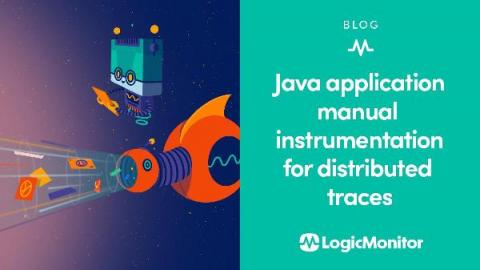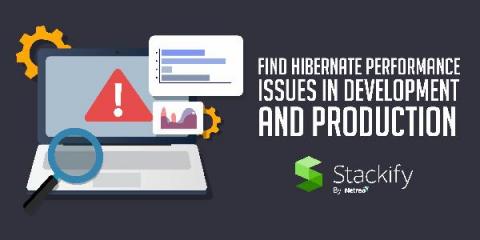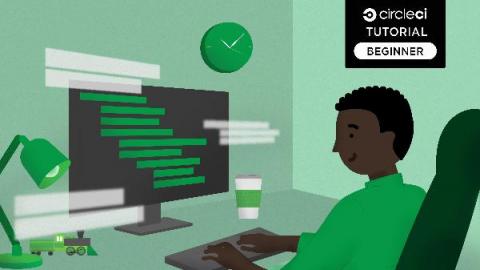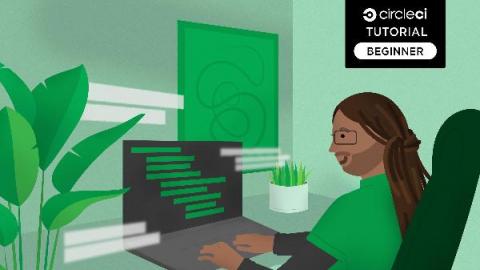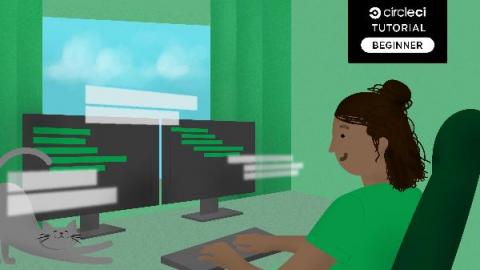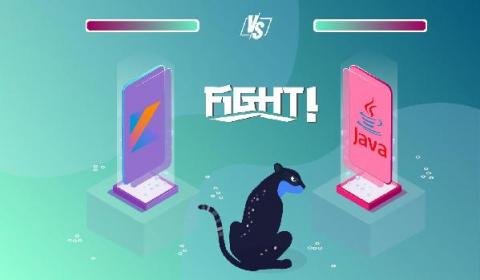Operations | Monitoring | ITSM | DevOps | Cloud
Java
Auto-instrument your Java applications with an OTEL Collector
How to Find Hibernate Performance Issues in Development and Production
The Java Persistence API (JPA) is used in most Java applications to interact with a relational database. One of its most popular implementations is the Hibernate ORM, because it uses object-relational mapping to abstract database interactions and makes implementing simple CRUD operations very simple. But this abstraction also has its downsides. Hibernate uses a lot of internal optimizations and hides all database interactions behind its API.
Clojure microservices for JavaScript developers part 2
This series was co-written by Musa Barighzaai and Tyler Sullberg. In the previous post, we explored high-level differences between thinking in Clojure compared to thinking in JavaScript. We are now ready to start building our first Clojure microservice. The microservice we are going to build will be very simple. It will be an HTTP server that uses a Redis data store to count how many times a given IP address has pinged the /counter endpoint.
Clojure microservices for JavaScript developers part 3
This series was co-written by Tyler Sullberg and Musa Barighzaai. This is the third and final post in a series of posts for JavaScript developers about how to set up Clojure microservices. The previous posts were: Those previous posts are useful context, but you can clone the repo and jump into this post without reading them.
Clojure microservices for JavaScript developers
This series was co-written by Tyler Sullberg and Musa Barighzaai. CircleCI is growing, which is wonderful. However, one of the growth challenges we have is that our backend is primarily written in Clojure, and few developers know Clojure. Many CircleCI engineers, including myself, have learned Clojure on the job. Before joining CircleCI, I was a JavaScript developer. As the lingua franca of software engineers, JavaScript is a relatively straightforward language to learn.
How to Instrument a Java App Running in Amazon EKS
As we start to see big moves from monolith deployments to microservices, the adoption of Kubernetes has become top of mind for many SREs. Organizations can leverage the open-source system to automate deployments, scale, and manage containers, making Kubernetes one of the primary solutions for delivering workloads. However, maintaining the system can be difficult and, in some cases, overwhelming.
Kotlin vs Java: 10 Years In
Java is as old as the Internet itself. It is the child of the mid-90s and exploded into the world just as dial-up started to take over suburban phone lines. In a way, it can be seen as the original Boomer of programming languages — not as elderly ancient as the C-families, but not as young and hip as JavaScript and its multitude of frameworks and libraries either.
Top 10 Java Linters
If you want to ensure code maintainability over the long term, you should follow best coding practices and style guide rules. One of the best ways to achieve this, while also potentially finding bugs and other issues with your code, is to use a linter. Linters are best described as static code analyzers because they check your code before it even runs. They can work inside your IDE, run as part of your build process, or be inserted into your workflow anywhere in between.
Instrumenting Java Applications for Tracing with OpenTelemetry and Jaeger
The aim of this article is to demonstrate how you can instrument a Java application using Opentelementry and Jaeger. In this example, we will be instrumenting our Java application using OpenTelemetry and the OpenTelemetry Java client, and the tracing data will be exported and visualized using Jaeger. We will use the Logz.io Jaeger backend as it is compatible with common tracing standards like Zipkin, OpenTelemetry, and OpenTracing.


